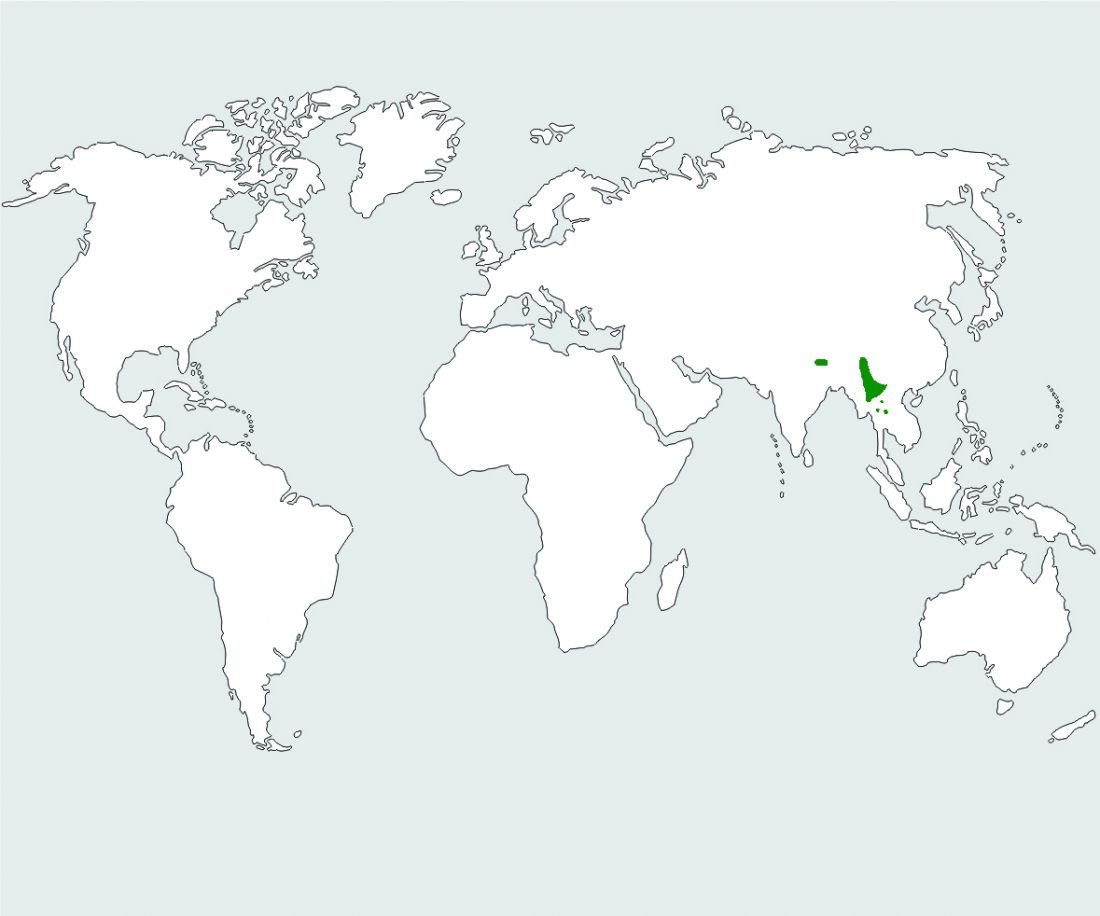Although not yet classified as endangered the crocodile newt is threatened by various factors which is why it is considered a "bad omen" in Myanmar and is therefore killed or used as fish bait. Water pollution, the loss of habitats through the developement and expansion of agriculture, the collection for traditional Chinese medicine and the animal trade also pay their tribute.
Reproduction:The mating period begins after hibernation. Newts reproduce through internal fertilization. The actual act of mating takes place under water. After the clutching of the two sex partners a sperm packet is deposited by the male which is then taken up by the female into the cloaca. Eggs are usually laid one or two days after mating. The eggs (up to 200) are laid by the female preferably on plants under water. The diameter of eggs is about five milimeters. After 15 to 20 days the larvae hatch which have a length of up to one centimetre and have external grills. The regression of the external grills has been completed by the age of one.

Kategorie: weitere
Größe: 18-20cm
Lebensalter: up to 10 years
Geschlechtsreife: when reaching a total length of 12-12 cm (approx. 1 year)
Nahrung: insects, snails, worms
Lebensraum: wet forests, close to the water
Gefährdung: not endangered
Verbreitung (ursprünglich): Nepal, India, Bhutan, Myanmar, Thailand and peripheral areas of the South-West Chinese province of Yunnan
Verbreitungsgebiet:
